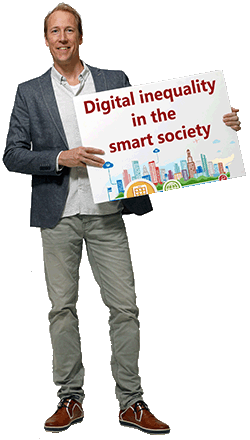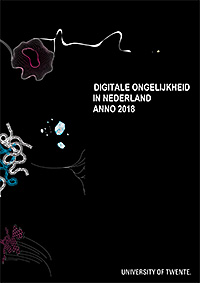Citation:
Van Deursen, A.J.A.M. & van Dijk, J.A.G.M. (2019). The first-level digital divide shifts from inequalities in physical access to inequalities in material access. New Media & Society, 21(2), 354-375.
Abstract:
For a long time, a common opinion among policy-makers was that the digital divide problem would be solved when a country’s Internet connection rate reaches saturation. However, scholars of the second-level digital divide have concluded that the divides in Internet skills and type of use continue to expand even after physical access is universal. This study—based on an online survey among a representative sample of the Dutch population—indicates that the first-level digital divide remains a problem in one of the richest and most technologically advanced countries in the world. By extending basic physical access combined with material access, the study finds that a diversity in access to devices and peripherals, device-related opportunities, and the ongoing expenses required to maintain the hardware, software, and subscriptions affect existing inequalities related to Internet skills, uses, and outcomes.






